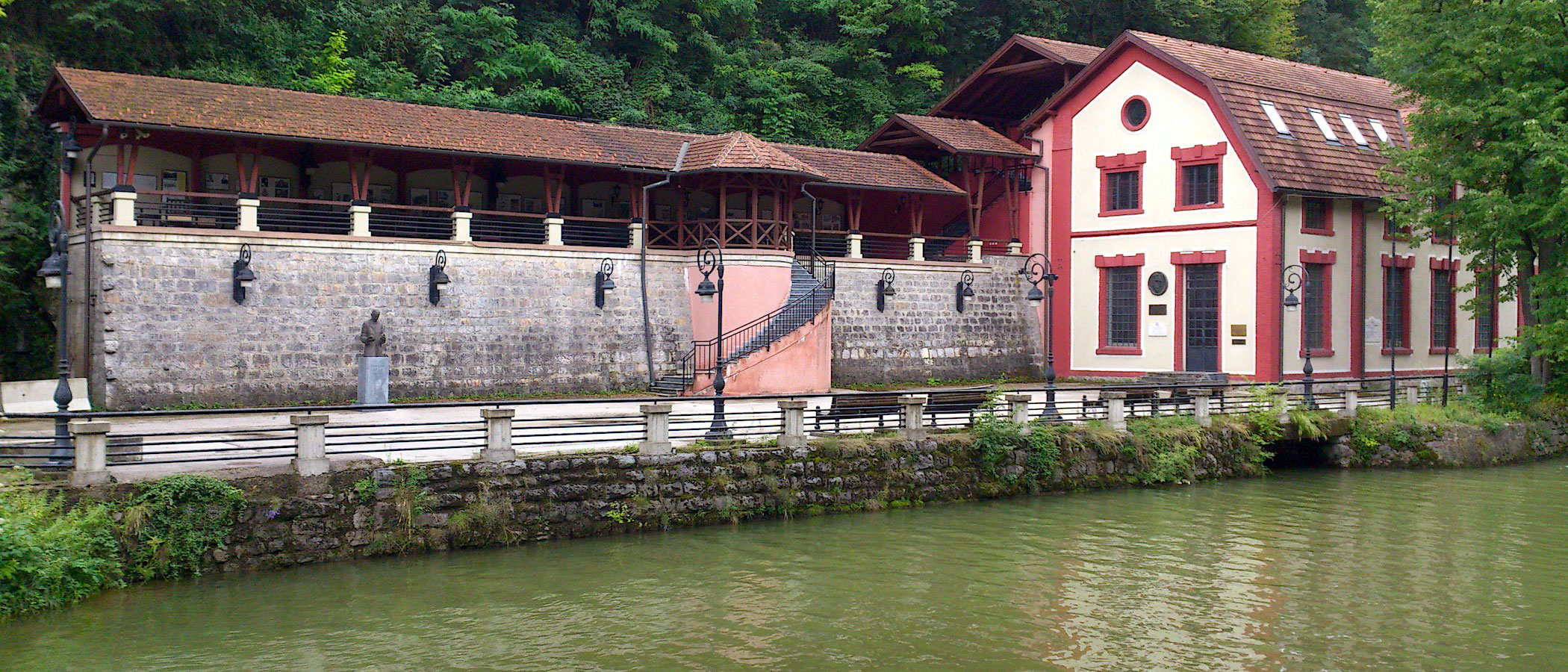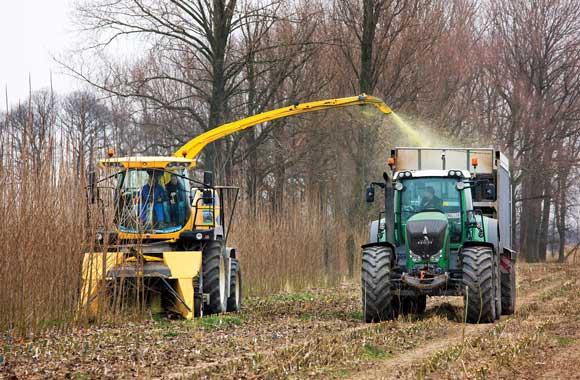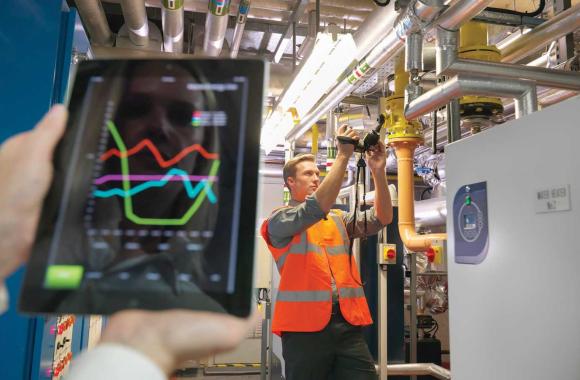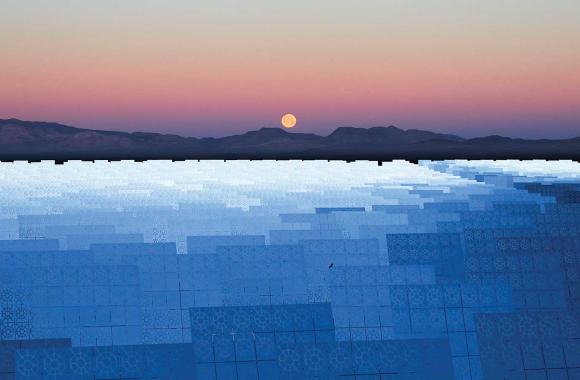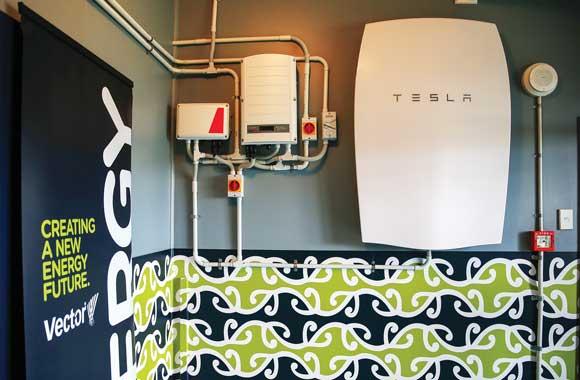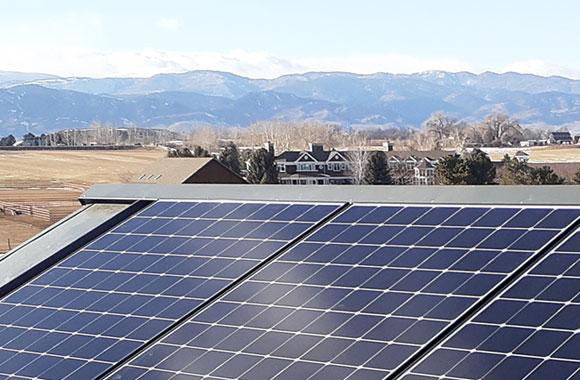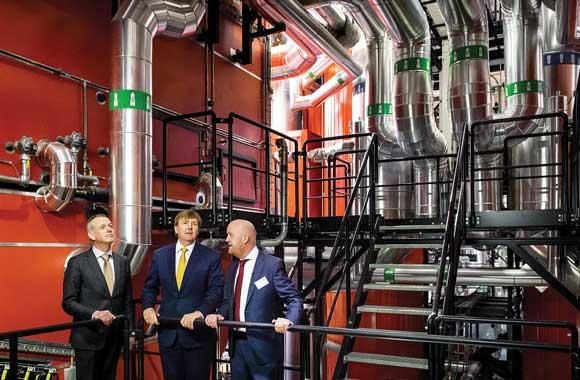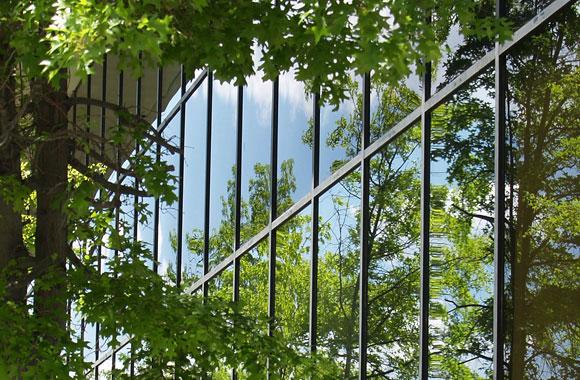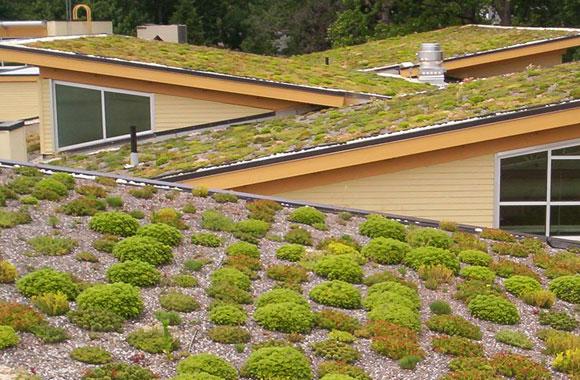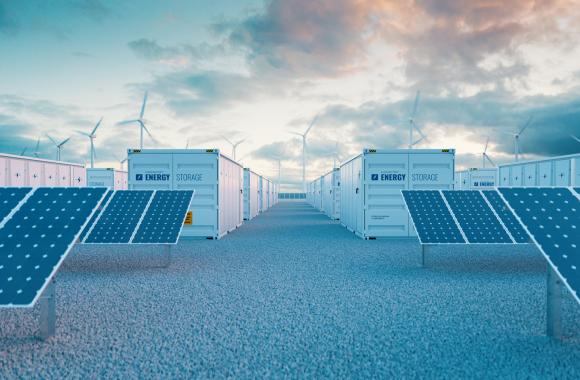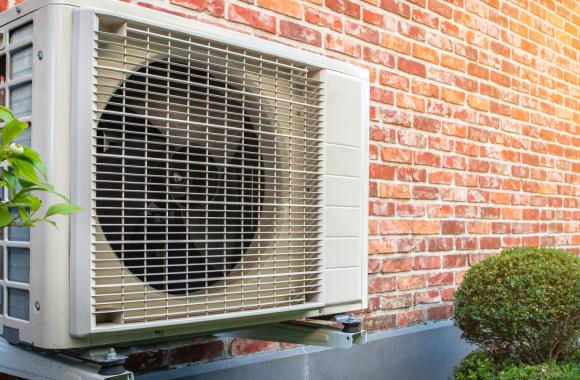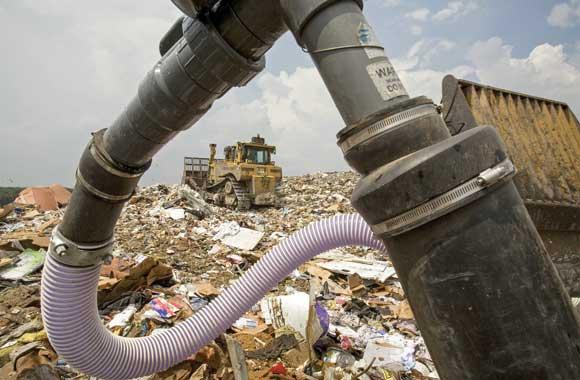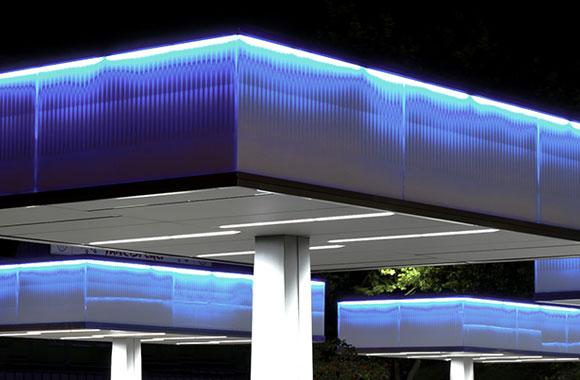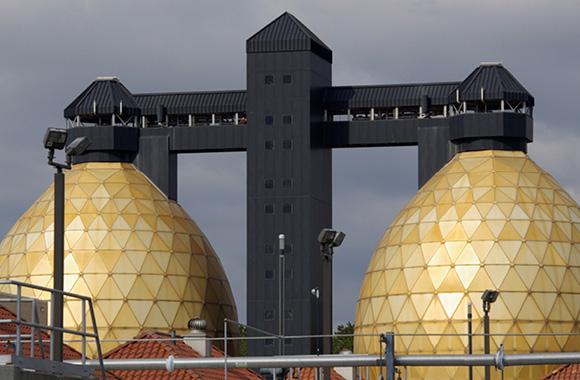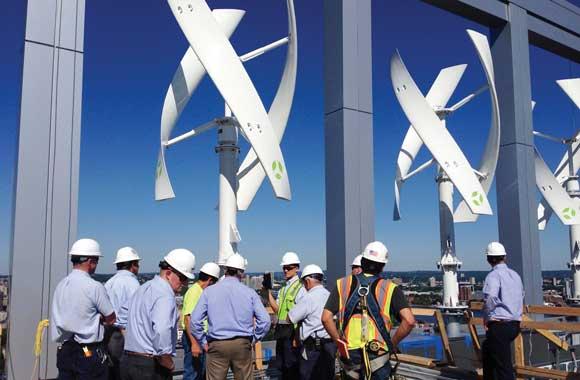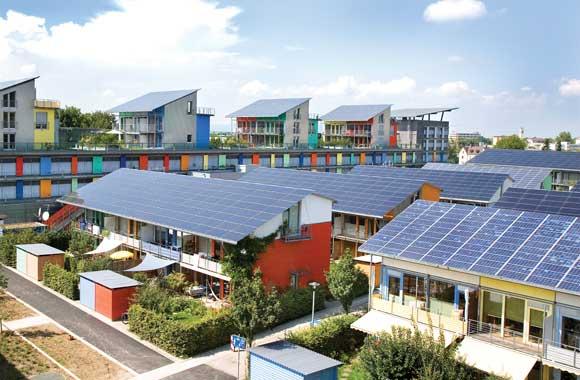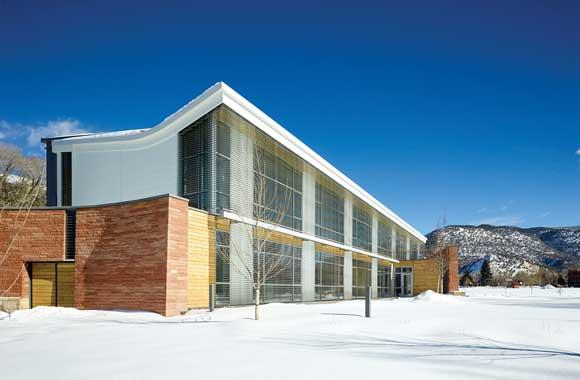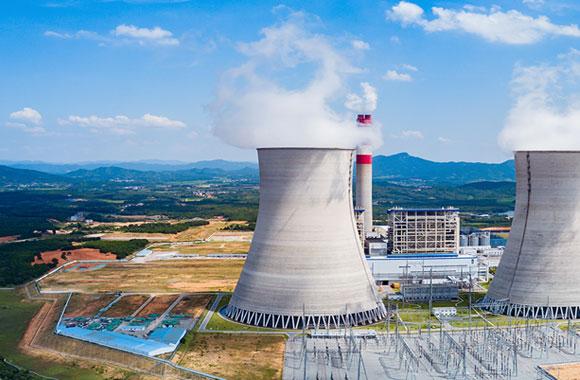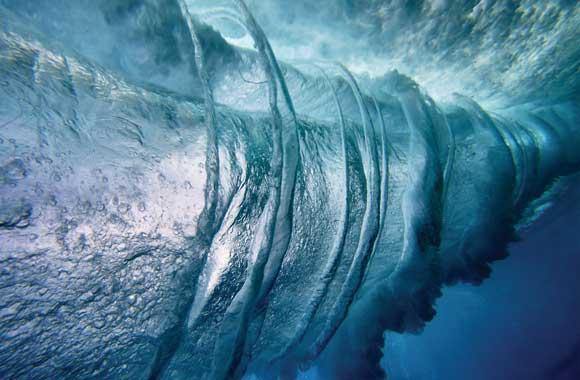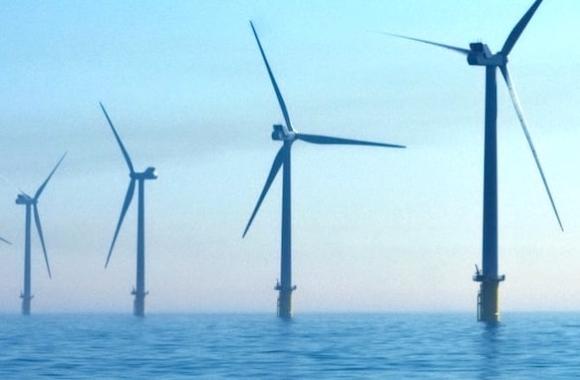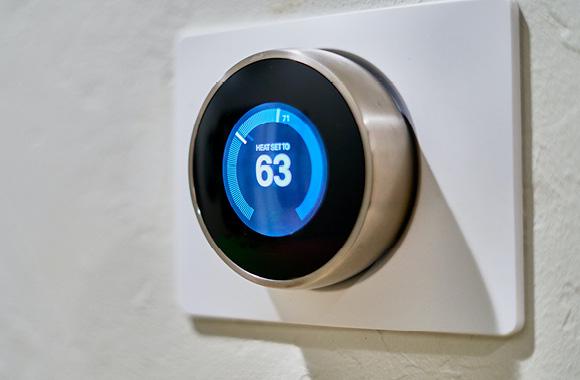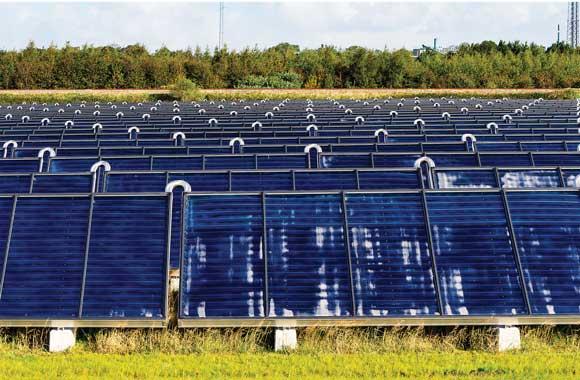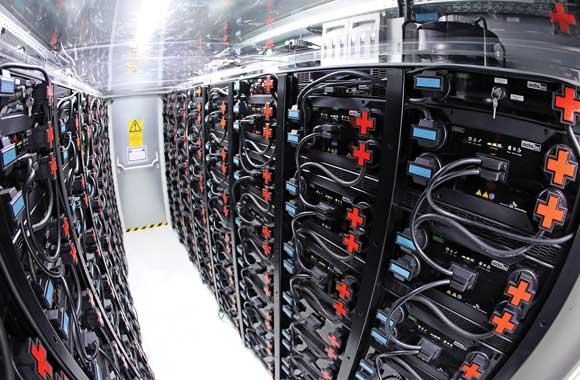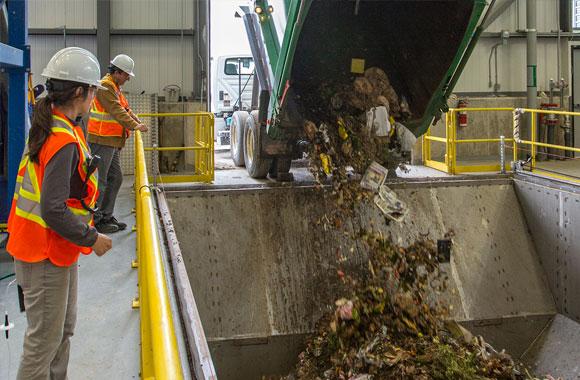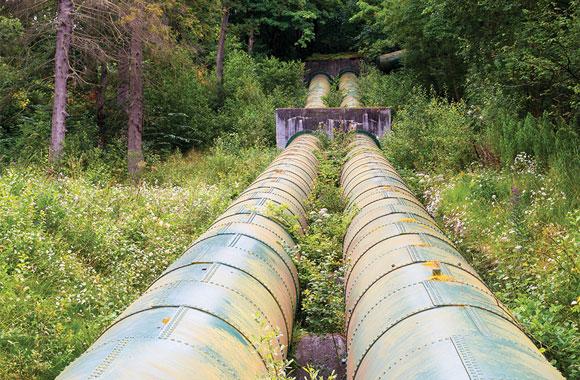Small Hydropower
Small hydropower systems capture the energy of free-flowing water without using a dam. They can replace dirty diesel generators with clean electricity generation.
Reduced/Sequestered
2020–2050
To Implement
Operational Savings
Impact
If small hydropower grows to supply 958.40–1,095.02 terawatt-hours of electricity in 2050, compared with the current levels of around 670 terawatt-hours, it can reduce 1.65–3.21 gigatons of greenhouse gas emissions and save US$301.84–522.64 billion in fixed and variable operation and maintenance costs and fuel costs. Small hydropower offers communities in remote mountainous areas a reliable and cost-effective method of generating electricity.
Introduction
Large hydroelectric dams produce enormous amounts of electricity, but they also swallow up vast swaths of natural and human habitat. They impact water movement and quality, sediment patterns, and fish migration. Run-of-the-river small hydropower is similar to large reservoir-based hydroelectricity but does not divert and store large amounts of water. In-stream hydro generates electricity using underwater turbines anchored to the riverbed that spin from the flowing river current.
In remote communities this technology is expanding electrification and replacing expensive and dirty diesel generators. In urban environments, in-stream turbines can be placed within city water mains (called conduit hydropower).
Project Drawdown’s Small Hydropower solution involves deploying hydropower technologies under 10 megawatts, including in-stream hydrokinetic systems. It replaces conventional electricity-generating technologies such as coal, oil, and natural gas power plants. Due to data availability, this analysis focuses almost exclusively on run-of-the-river systems.
As in-stream hydro grows, it is important to note that not all “run-of-river” projects actually let the river run. Some have diverted waterways, caused floods, and impeded fish migration. Careful design and installation can ensure clean energy that is also ecologically sound.
Methodology
Total Addressable Market
We based the total addressable market for the Small Hydropower solution on projected global electricity generation from 2020 to 2050. The total addressable market is different for the two adoption scenarios because Scenario 2 projects extensive electrification of transportation, space heating, etc., dramatically increasing demand and therefore production of electricity worldwide.
We estimated current adoption (the amount of functional demand supplied in 2018) at 2.6 percent of generation (676 terawatt-hours).
Adoption Scenarios
We calculated impacts of increased adoption of small hydropower from 2020 to 2050 by comparing two scenarios with a reference scenario in which the market share was fixed at current levels.
- Scenario 1: Small hydropower supplies 958.4 terawatt-hours of electricity (2 percent of the total addressable market).
- Scenario 2: Small hydropower supplies 1,095.02 terawatt-hours of electricity (almost 2 percent of the total addressable market).
None of the data sources used explicitly identifies the evolution of small hydro systems for electricity generation. We assumed that the current share of 12 percent of all hydroelectricity will continue to come from small systems.
Financial Model
All monetary values are presented in 2014 US$.
We assumed an average installation cost of US$2,785 per kilowatt with a learning rate of 6.4 percent, reducing the cost to US$2,668 in 2030 and to US$2,612 in 2050, compared with US$1,786 per kilowatt for conventional technologies (coal, natural gas, and oil power plants). We used an average capacity factor of 48 percent for small hydropower, compared with 57 percent for conventional technologies.
We used variable operation and maintenance costs of US$0.003 per kilowatt-hour and fixed costs of US$88.1 per kilowatt for small hydropower systems, compared with US$0.005 per kilowatt-hour and US$34.7 per kilowatt for the conventional technologies.
Integration
Through the process of integrating Small Hydropower with other solutions, we adjusted total addressable markets to account for reduced demand resulting from the growth of energy-efficient solutions (e.g, LED Lighting and High-Efficiency Heat Pumps) as well as increased electrification from other solutions such as Electric Cars and High-Speed Rail. We calculated grid emissions factors based on the annual mix of different electricity generating technologies over time. We determined emissions factors for each technology through a meta-analysis of multiple sources, accounting for direct and indirect emissions.
Results
Scenario 1 shows a net first cost to implement of US$44.75 billion from 2020 to 2050 with US$301.84 billion in lifetime savings. This increased adoption could avoid 1.65 gigatons of carbon dioxide equivalent of greenhouse gas emissions from 2020 to 2050.
Scenario 2 resulted in 3.21 gigatons of avoided greenhouse gas emissions associated with a net first cost to implement of US$74.21 billion and lifetime savings of US$522.64 billion.
Discussion
Small hydropower systems impose a smaller impact than larger systems on aquatic ecosystems and local communities. However, like all forms of hydro-based generation technologies, they need to be carefully vetted because they cannot completely prevent stresses on ecosystems and human well-being. Small-scale hydropower has a wide range of designs, equipment, and materials. In-stream hydrokinetic solutions, for example, might play a crucial role in remote mountainous regions in need of electrification where it is uneconomical to install power transmission lines. In-stream hydro offers a reliable and economical method of generating electricity in these remote places. Instead of building expensive electric transmission networks or transporting fossil fuels to run generators, the natural flowing rivers adjacent to many villages can be harnessed to provide a clean and nearly endless supply of electricity.
References
Equinor. (2018). Energy Perspectives 2018, Long-term macro and market outlook. Equinor. Retrieved from: https://www.equinor.com/en/news/07jun2018-energy-perspectives.html
IEA. (2017). Energy Technology Perspectives 2017 - Catalysing Energy Technology Transformations. International Energy Agency (IEA). Retrieved from: https://www.iea.org/etp/
IEA. (2018). World Energy Outlook 2018. International Energy Agency (IEA). https://webstore.iea.org/world-energy-outlook-2018
IRENA. (2018). Global Energy Transformation : A Roadmap to 2050. https://www.irena.org//media/Files/IRENA/Agency/Publication/2018/Apr/IR…. Abu Dhabi: IRENA.
What You Can Do
If you live in a remote, mountainous area, look into small hydro as a potential alternative to dirty fuels for generating electricity.
If you live in a city, encourage your local governing body to looking into generating electricity from water flowing through municipal water infrastructure.
- Expand your knowledge by exploring another Drawdown solution.
Co-benefits
Access to the clean and affordable energy small hydropower provides supports education, health care, agriculture, and small businesses.
Deploying this climate solution stimulates local economies and creates employment opportunities. The installation, operation, and maintenance of renewable energy systems require skilled labor, creating jobs and contributing to economic growth.
Shifting to clean and renewable energy sources reduces indoor and outdoor air pollution, which is a significant health concern in many developing countries. By replacing traditional fuels like wood and coal with cleaner alternatives improves air quality, reducing respiratory illnesses and related health issues.
In developing countries, this solution expands access to modern and reliable energy services, enabling communities to meet basic energy needs such as lighting, cooking, heating, and powering essential services like health-care facilities and schools.

